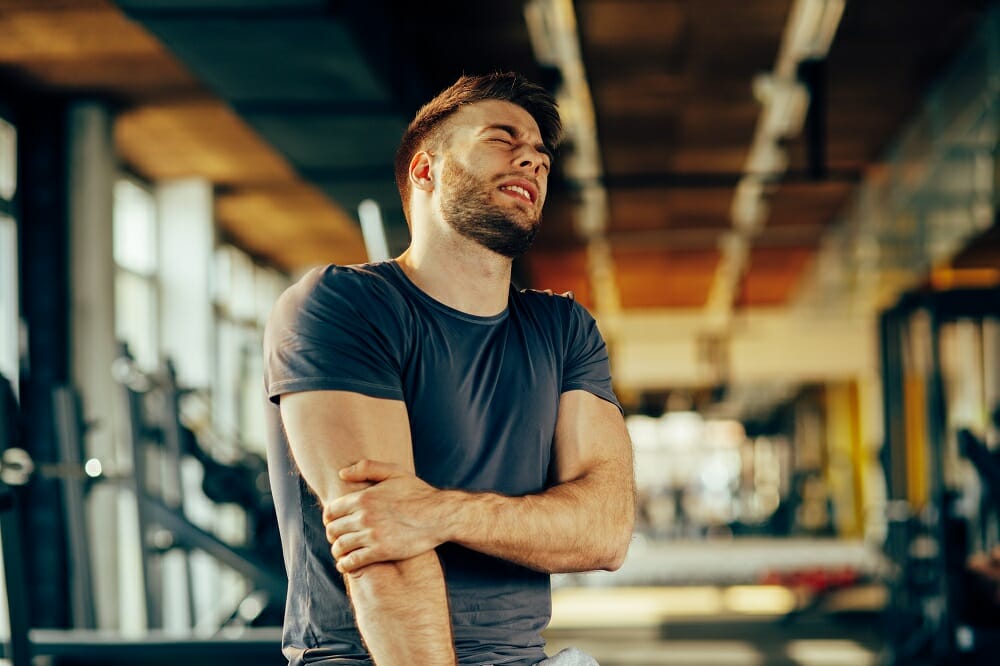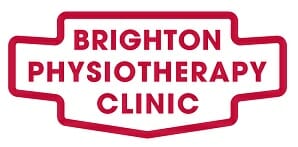Treatments for Epicondylitis
Epicondylitis is a musculoskeletal disorder, which originates from repetitive use of the forearm. More accurately referred to as tendinosis, Epicondylitis is damage or inflammation of an epicondyle. It occurs mostly in individuals, between 40 – 50 years old.
Types of Epicondylitis
Epicondylitis (of the elbow) is mainly of two types – lateral and medial epicondylitis.
Lateral Epicondylitis
Lateral epicondylitis or tennis elbow is a condition, which affects the outer part of the elbow, making it tender and painful. Tennis elbow most times extends to the back of the forearm, reducing grip strength. It is caused by the excessive and repetitive use of the muscles of the forearm, due to sports activities or work. It commonly affects individuals, between 30 to 50 years.
Medial Epicondylitis
Medial Epicondylitis or Golfer’s elbow is similar to tennis elbow, but instead affects the inside or medial epicondyle of the elbow. The tendinosis is referred to as golfer’s elbow, because the particular tendon affected is stressed, when making a golf swing. Golfer’s elbow can occur as a response to an injury, or for no reason at all. Golfer’s elbow is sometimes referred to as pitcher’s elbow or climber’s elbow.
Causes and Pathogenesis
The major cause of epicondylitis is excessive use of the forearm – as in lateral epicondylitis. When the forearm extensor muscles contract repeatedly, there could be micro-tearing with immature repair and subsequent degeneration, leading to tendinosis. Other causes may include a heavy blow to the elbow, sudden forceful pull, and mis-hitting a tennis ball or similar object repeatedly.
Golfer’s elbow is majorly caused due to stress, as a result of a large amount of grip. All the pronators of the forearm and flexors of the fingers are linked to the medial epicondyle, which means significant stress is placed on the tendon, when exerting grips.


Treatment
Treatment for epicondylitis depends on the type and also on the severity of the disorder. Possible treatments for lateral and medial epicondylitis may include:
Physical Therapy
One way to boost self-healing is to rest the affected arm. However, physiotherapy will speed up healing and help you regain the use of the forearm. Physiotherapy treatment may include exercises with a rubber bar, progressive strengthening, and stretches. Manipulation techniques and massages can provide a short-term analgesic effect.
Orthotics
Orthotics refers to the use of devices, which are externally strapped to the limb, to reduce pain and improve the function. Counterforce orthosis and wrist extensor orthosis, are used to limit elbow movement and strain to the tendons. The strap applies a binding force near the origin of the extensors.
Medication
Analgesics such as paracetamol, opioids, and non-steroidal anti-inflammatory drugs (NSAIDs) may prove very useful in reducing pain and inflammation. Corticosteroid injections can also provide a short term relief.
Surgery
Surgery is the last resort, and is used when all other non-specific treatments have failed to resolve the disorder. Surgical procedures include rotation of the anconeus muscle, lengthening or release of the extensor muscles, denerving the lateral epicondyle, posterior interosseous nerve decompression, and epicondylar debridement (for golfer’s elbow).
Get Help
Tennis Elbow and Golfer’s elbow can lead to chronic pain, which will significantly affect your daily activities, when left untreated. With proper physiotherapy and osteopathy, you can relieve the pain and regain effective use of the affected arm. Contact us today for a better assessment of the disorder, to begin the healing process.
